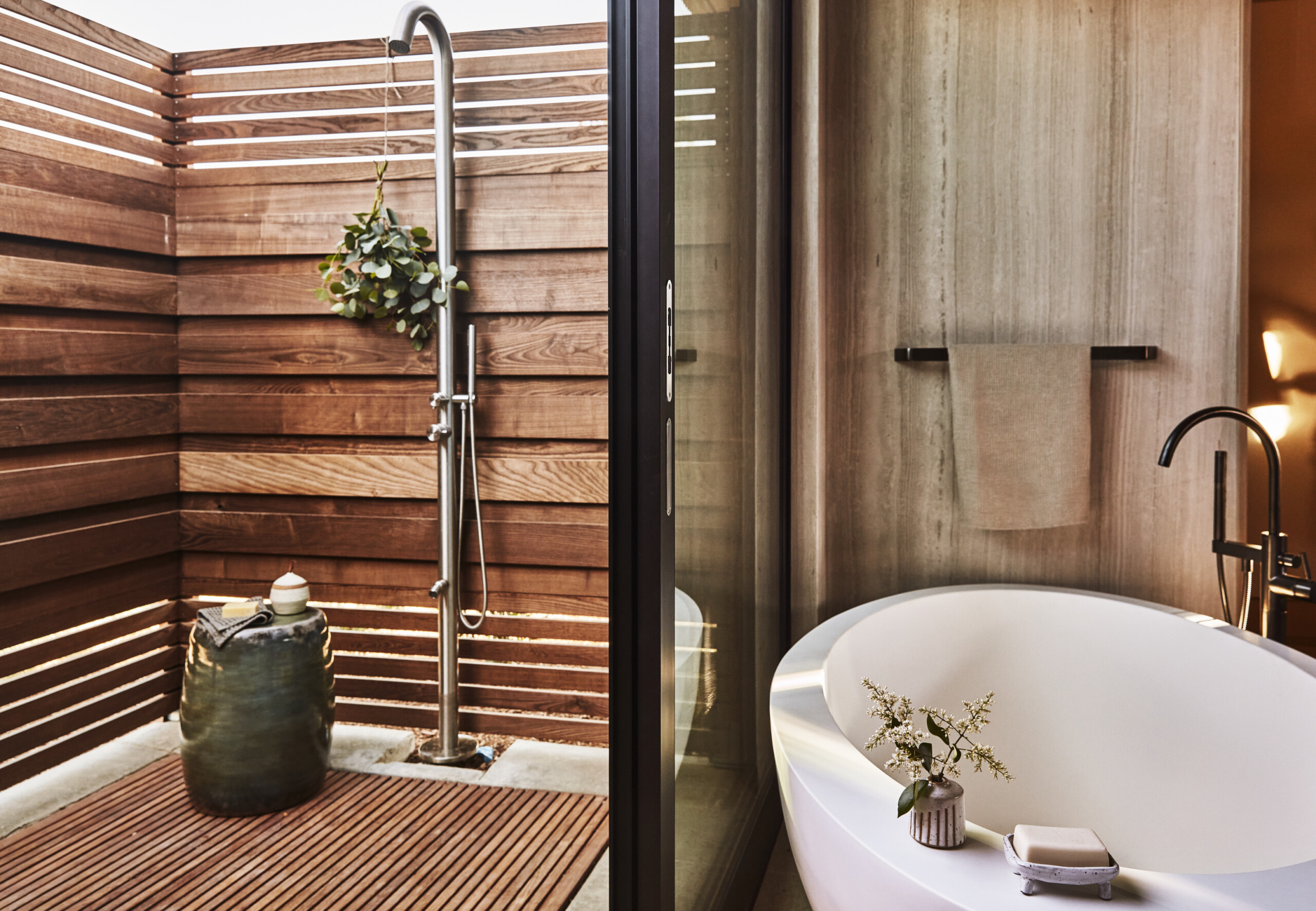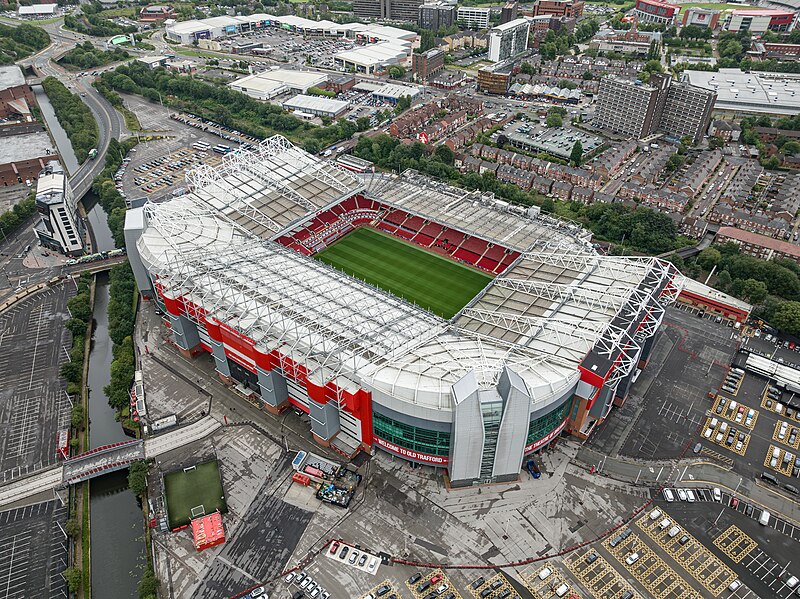
Last week, the UK government publicly championed proposed redevelopment and renovation plans for Old Trafford, the storied football stadium that has been home to Manchester United for 113 years.
Advocates cite significant positive economic impact as the key driver for investing in a new stadium and the redevelopment of the surrounding area. Creating a pro-development model, claimed UK Chancellor Rachel Reeves in a recent speech, would serve as a “shining example” and drive growth across the region — perhaps to the tune of a potential £7.3 billion.
And while a formal nod from the government is a promising sign of things to come, there is still a long way to go as the organization looks to gain further political, financial, community and — perhaps most importantly in the realm of English Football — fan support around building what minority owner, Sir Jim Ratcliffe, envisions as “the Wembley of the North.”
It is an ambitious vision to be sure — one that would expand the stadium’s capacity from 87,000 to 100,000 and surround it with a proposed mix of housing, commercial and other public space.
In the US, we’re no stranger to these types of big-picture economic drivers sitting at the root of sports-anchored development — financial growth, positive community impact and other long-term real estate investment lead the charge when it comes to building our own domestic sports venues, from American football to Minor League Baseball and everything in between.
You could say American team owners, in partnership with their architects and urban designers, invented what is now the global standard for comprehensive venue and urban development sought after by an international contingent of English, European and Asian sports franchises and their owners.
With that in mind, we can’t help but consider our some members of our team’s past work on transformational projects such as AT&T Stadium* in Arlington, Texas, and SoFi Stadium* in Inglewood, California, when global conversations of this magnitude enter the international news cycle.
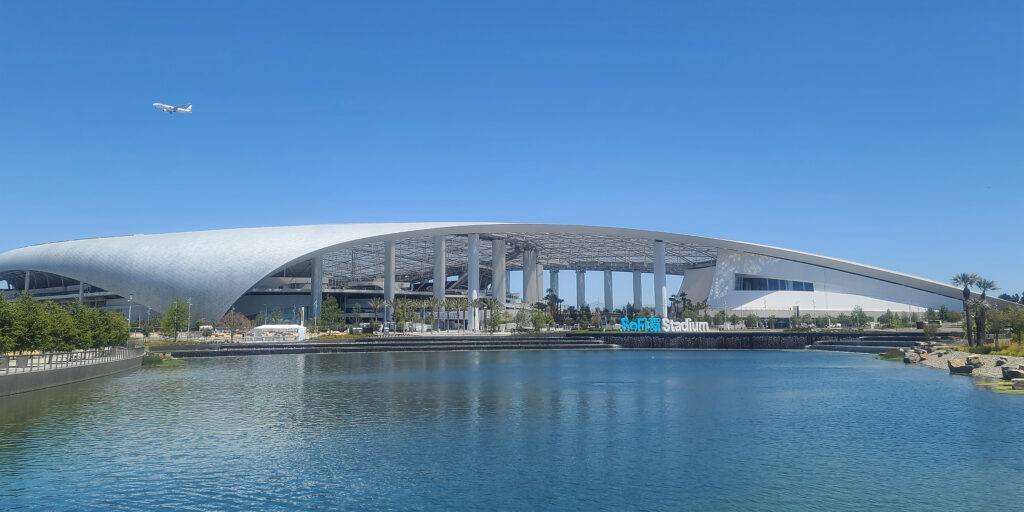
As the driving creative force behind these venues, our own senior principal, Bryan Trubey, and his then team were tasked with envisioning something far greater than just a stadium. Rather, they developed precedent-setting visions that considered the stadium as the first puzzle piece in what would become positive, city-wide economic and community enhancement. In many cases, the team also reinvented and redefined fan experience — introducing new concepts, premium products and unique venues within that greatly benefit the fan and the brand.
As government officials and the rest of the Manchester United ownership group weigh next steps in the reimagining of their crown jewel, it is worth asking: How might we export the innovations and applications employed with these US-based projects and apply them to the question of Old Trafford; and how can we let the positive urban transformation underway in places like Inglewood and Minneapolis (US Bank Stadium* being another catalytic stadium project authored by our team) inspire future potential in Manchester and beyond?
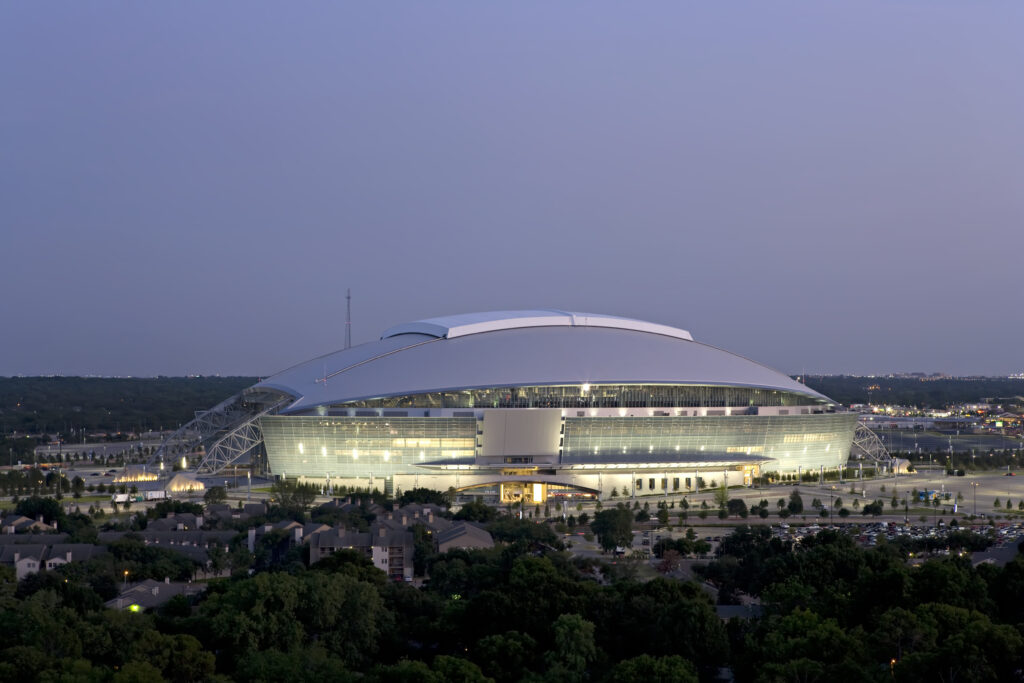
Connect your assets
The surrounding environment is as important an asset as the stadium itself. Connecting these assets unlocks and expands future opportunities. For Manchester United, this might mean considering how the nearby canal system is leveraged as a supporting character in their larger vision.
Create more than a stadium: A global destination
Stadiums are drivers of regeneration — so it is paramount that they resonate deeply with fans and the surrounding communities alike. Much like those who follow the Los Angeles Rams and Dallas Cowboys, fans come from all over the world to see Manchester United play. The magnetic power of the team’s brand should be a critical consideration in all design thinking and should play a role how the stadium is activated on match days and non-match days alike.
Prioritize and enrich the fan experience
When designing SoFi Stadium, the goal was to create a place where fans become steeped in the experience. With a history as legendary as Manchester United, finding ways to deeply incorporate the Club’s history will be key.
Identity matters
There are perhaps few more rabid fan bases than those devout followers of English football. Before focusing on design, consider the specific, special attributes of your fan base. Designers must understand the inner workings and attributes of how Manchester United fans gather and rally their team in and outside the stadium environment. Design should enhance these elements of identity — and drive much of our decision making.
Form like no other
Your stadium represents your community on a global scale — and it should be architecturally striking. Simply put, this structure is your calling card. Gone are the days of soulless stadiums. Aim for creating an iconic, beautiful form that is emblematic of your brand’s excellence.
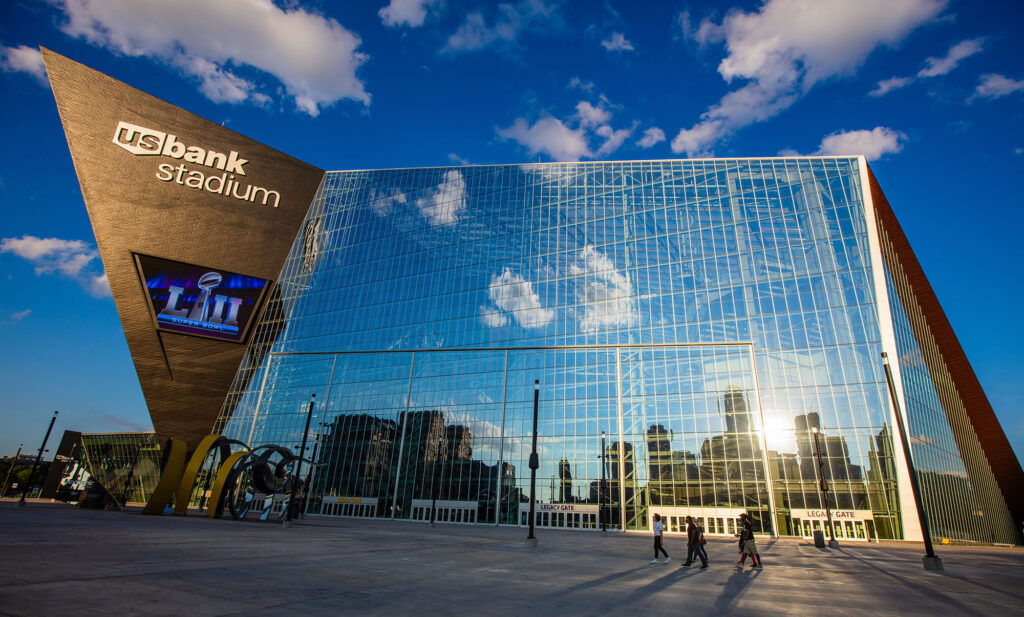
*Work completed by Overland principals and staff while at HKS Inc.
Creating places that can’t be built by anyone else
…for anyone else.
